
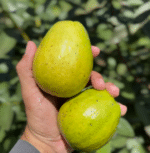
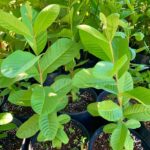
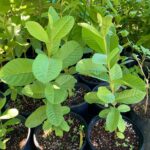

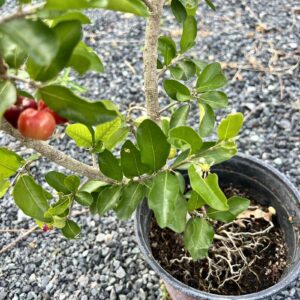
Guava pear (Psidium guajava L.) tropical live big fruit tree 12”-24” tall
$80.00 Original price was: $80.00.$34.99Current price is: $34.99.
The Guava Pear Fruit Tree, scientifically known as Psidium guajava, is a unique variety of guava that produces pear-shaped fruits with a deliciously sweet and aromatic flavor. This tropical and subtropical fruit tree is widely grown for its nutritious fruit, ornamental beauty, and adaptability to various growing conditions. The guava pear tree is a favorite among home gardeners and orchard growers due to its high fruit yields, drought tolerance, and low maintenance requirements.
Appearance and Characteristics:
The guava pear tree is a small to medium-sized evergreen tree or shrub, typically reaching 10 to 20 feet (3 to 6 meters) in height, though it can be pruned to remain more compact. It has a rounded canopy with smooth, peeling bark that ranges in color from light brown to reddish. The tree’s dark green, oval-shaped leaves are slightly leathery and have a glossy finish, adding to its ornamental appeal.
In spring and summer, the tree produces beautiful white flowers with prominent yellow stamens. These fragrant blooms attract pollinators such as bees and butterflies, promoting healthy fruit production. The pear-shaped fruit is slightly elongated, with a thin, edible skin that can range from light green to yellow when ripe. The flesh inside varies in color from white to pink or even red, depending on the variety. The fruit is juicy and aromatic, with a sweet-tart flavor reminiscent of a mix between pear, strawberry, and pineapple.
Growing Conditions:
The guava pear tree thrives in warm, tropical to subtropical climates and is best suited for USDA hardiness zones 9 through 11. It prefers temperatures between 70°F and 85°F (21°C to 29°C) but can tolerate short periods of cold down to 28°F (-2°C). In cooler climates, it can be grown in containers and brought indoors during the winter months.
This tree grows well in a variety of soil types, including sandy, loamy, and rocky soils, as long as they are well-draining. It prefers a slightly acidic to neutral soil pH range of 5.5 to 7.0. Full sun exposure is essential for optimal growth, flowering, and fruit production, though it can tolerate partial shade.
Watering and Fertilizing:
Guava pear trees require regular watering, especially during the establishment phase and fruiting season. Deep watering once or twice a week is ideal, allowing the soil to dry slightly between sessions. Mature trees are drought-tolerant but benefit from consistent moisture during prolonged dry spells.
Fertilizing the tree regularly enhances fruit production and overall health. Use a balanced fertilizer with nitrogen (N), phosphorus (P), and potassium (K), applying it every 6 to 8 weeks during the growing season. Organic compost, manure, or mulch can also be added to improve soil fertility and structure.
Care and Maintenance:
The guava pear tree is relatively low-maintenance but benefits from occasional pruning to encourage better fruiting, remove dead or damaged branches, and improve air circulation. Prune lightly after the fruiting season to maintain a desirable shape and size.
Mulching around the base of the tree helps retain soil moisture, regulate temperature, and suppress weeds. Organic mulch, such as straw or wood chips, provides additional nutrients as it decomposes.
Fungal diseases like anthracnose, root rot, or rust may occur in overly humid or wet conditions. Proper spacing, good airflow, and avoiding excessive watering can minimize these risks.
Propagation:
Guava pear trees can be propagated through seeds, cuttings, air layering, or grafting. While seed propagation is common, it may result in variations in fruit quality and take longer for the tree to bear fruit (typically 3 to 5 years).
Grafting or air layering is preferred for maintaining consistent fruit characteristics and shortening the time to fruiting. Grafted trees often begin producing fruit within 2 to 3 years.
Uses and Benefits:
The guava pear fruit is highly versatile and can be consumed fresh, juiced, or used in various culinary applications. The sweet, aromatic pulp is perfect for making:
- Fresh snacks and fruit salads
- Guava juice, smoothies, and tropical drinks
- Jams, jellies, and preserves
- Desserts like guava tarts, pastries, and ice creams
- Guava-based sauces for cooking
Guava fruits are packed with essential nutrients, including vitamin C, vitamin A, dietary fiber, and antioxidants, making them a highly nutritious addition to the diet. Their high fiber content promotes digestion, while the antioxidants support overall health.
Beyond its fruit, the guava pear tree is valued for its ornamental appeal. Its lush foliage, fragrant flowers, and attractive bark make it a great choice for landscaping, hedges, or as a shade tree.
Cultural and Culinary Significance:
Guava has been cultivated for centuries and holds cultural significance in many tropical regions. It is commonly used in traditional dishes, beverages, and even herbal remedies. In many cultures, guava is associated with prosperity and abundance, making it a favored fruit in home gardens.
Challenges of Cultivation:
While guava pear trees are relatively easy to grow, they require proper care to maximize fruit production. Potential challenges include managing pests, protecting fruit from birds and insects, and maintaining soil moisture levels. In colder regions, extra precautions such as covering the tree during frost are necessary.
Container Growth:
Guava pear trees can be successfully grown in large containers, making them suitable for patios, balconies, or urban gardens. Use a well-draining potting mix and a container with adequate drainage holes. Container-grown trees require more frequent watering and fertilizing but offer the advantage of being movable in case of extreme weather.
Conclusion:
The guava pear tree (Psidium guajava) is a remarkable tropical fruit tree that combines beauty, productivity, and nutritional benefits. With its delicious pear-shaped fruit, ease of cultivation, and resilience, it is an excellent choice for home gardens and orchards. Whether grown for its fruit, ornamental value, or cultural significance, the guava pear tree is a rewarding addition to any tropical or subtropical landscape. With proper care, including regular watering, fertilizing, and pest management, this tree will provide abundant harvests and years of enjoyment.
| Weight | 15 oz |
|---|---|
| Dimensions | 22 × 4 × 7 in |
| Planting Bag + Soil |
Planting bag + Soil ,I have soil and container |

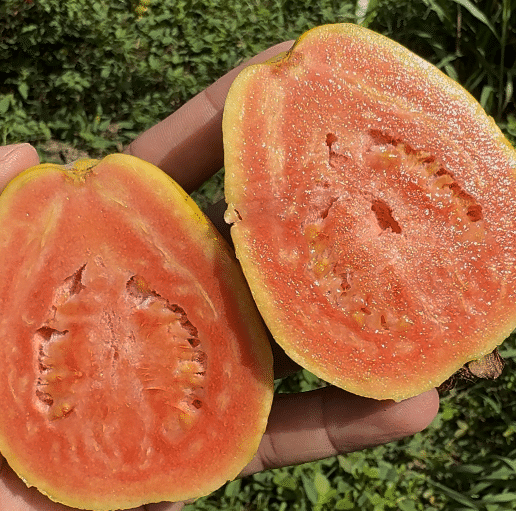
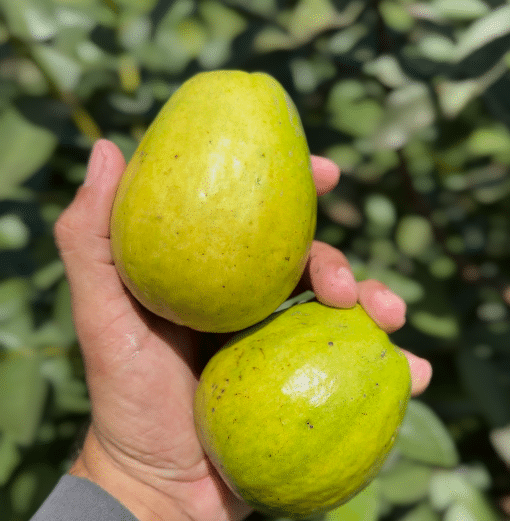
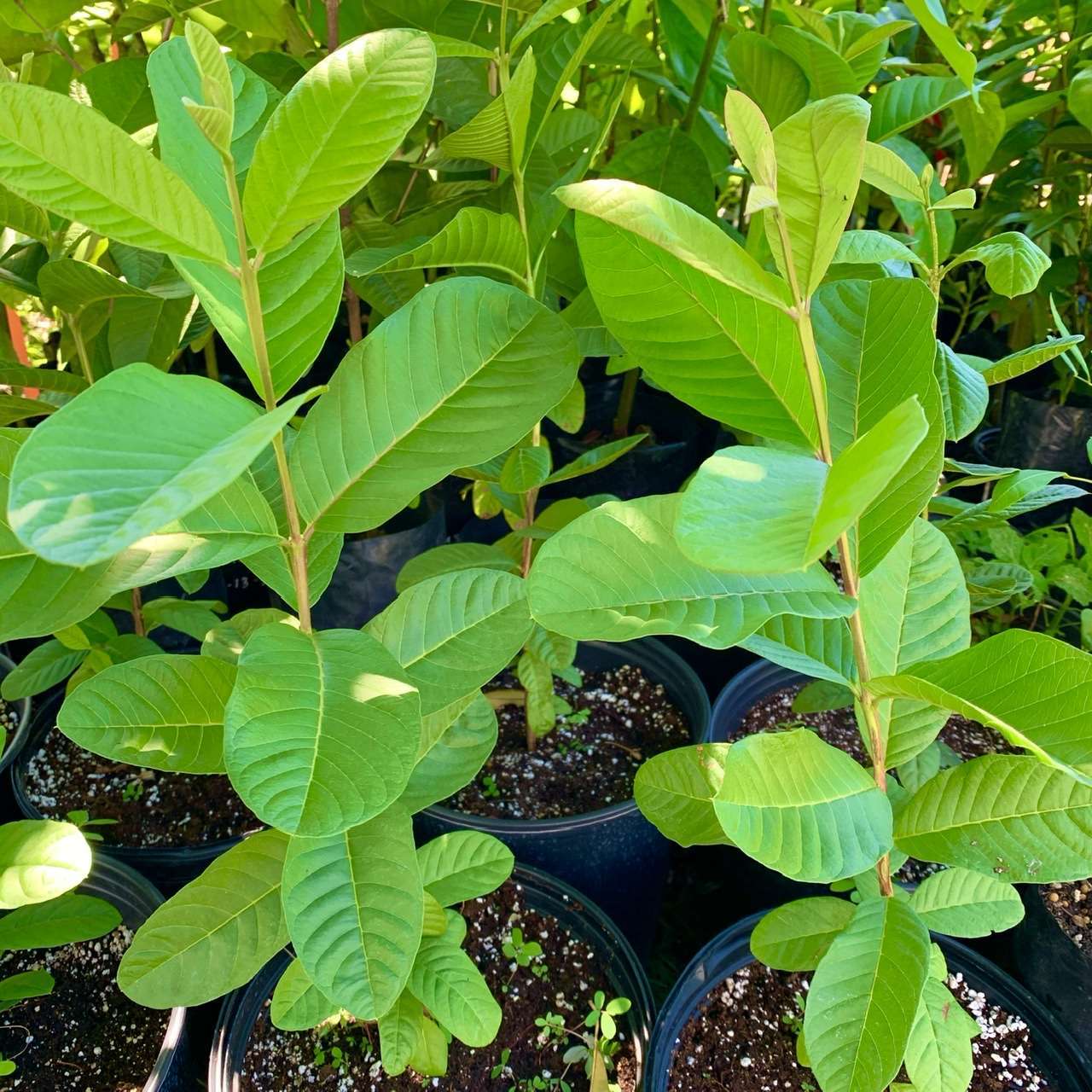
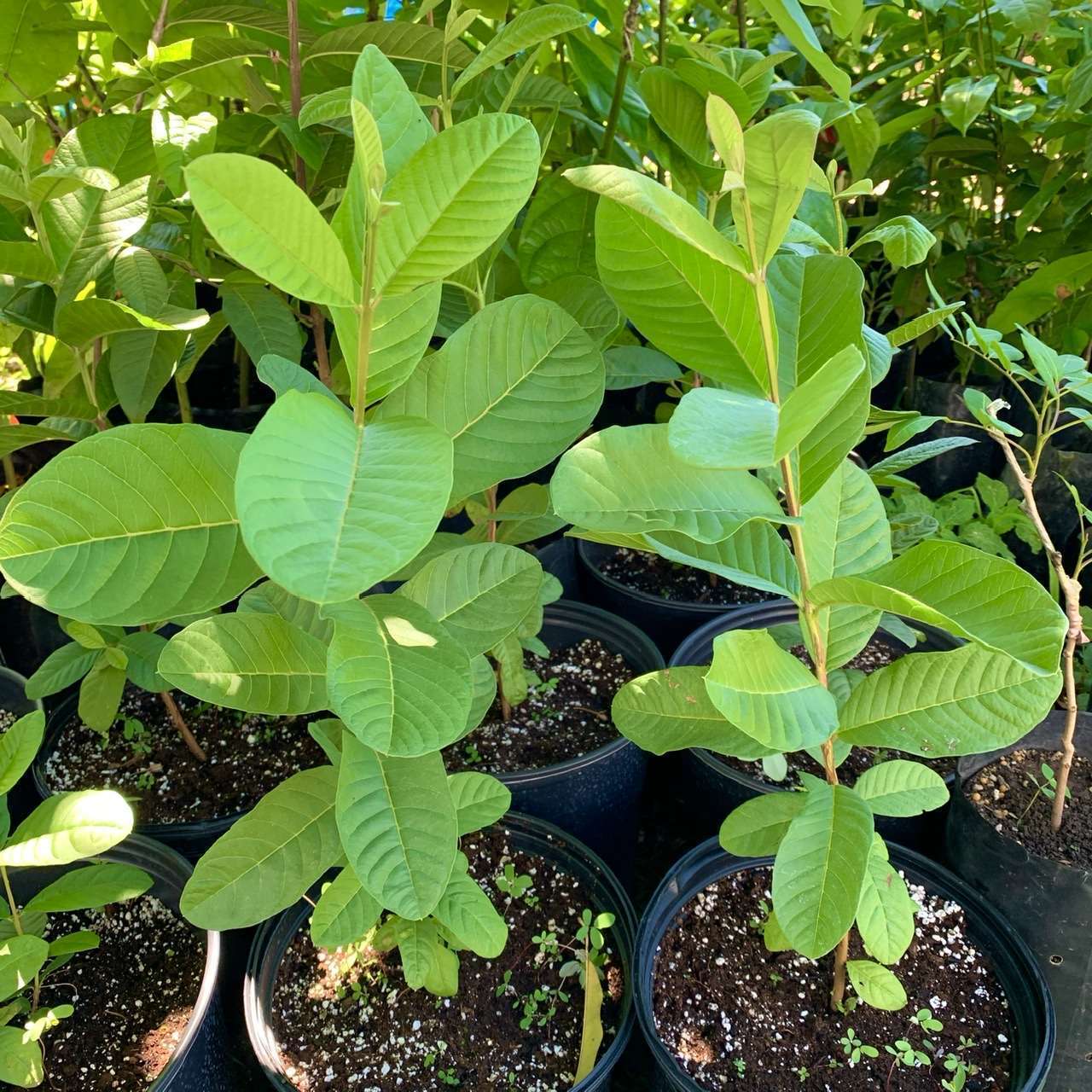

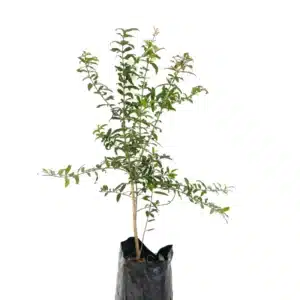




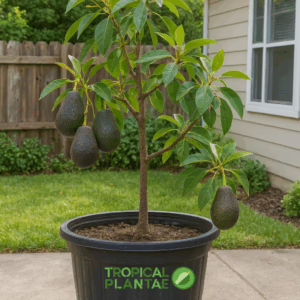
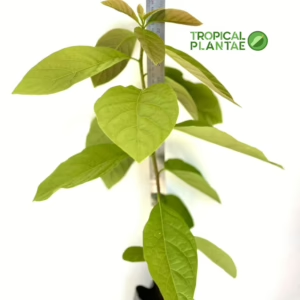








Reviews
There are no reviews yet.